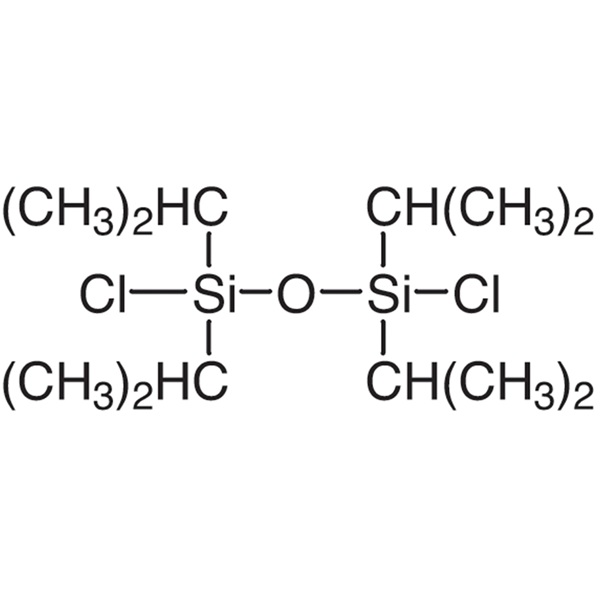TIPDSiCl2 CAS 69304-37-6 Purity >99.0% (GC)
Shanghai Ruifu Chemical Co., Ltd. is the leading manufacturer and supplier of 1,3-Dichloro-1,1,3,3-Tetraisopropyldisiloxane (CAS: 69304-37-6) with high quality. We can provide COA, worldwide delivery, small and bulk quantities available. If you are interested in this product, please send detailed information includes CAS number, product name, quantity to us. Please contact: alvin@ruifuchem.com
| Chemical Name | 1,3-Dichloro-1,1,3,3-Tetraisopropyldisiloxane |
| Synonyms | TIPDSiCl2; TIPDS-Cl2; TIPDS Chloride; 1,3-Dichlorotetraisopropyldisiloxane; 1,1,3,3-Tetraisopropyl-1,3-Dichlorodisiloxane |
| CAS Number | 69304-37-6 |
| CAT Number | RF-PI2223 |
| Stock Status | In Stock, Production Scale Up to Tons |
| Molecular Formula | C12H28Cl2OSi2 |
| Molecular Weight | 315.43 |
| Boiling Point | 70℃/0.5 mmHg (lit.) |
| Store Under Inert Gas | Inert Atmosphere |
| Sensitive | Moisture Sensitive |
| Solubility (Soluble in) | Dichloromethane, Benzene, Ether |
| Hydrolytic Sensitivity | 8: Reacts Rapidly With Moisture, Water, Protic Solvents |
| Brand | Ruifu Chemical |
| Item | Specifications |
| Appearance | Coloress Transparent Liquid |
| Purity / Analysis Method | >99.0% (GC) |
| Specific Gravity (20/20℃) | 1.006~1.010 |
| Refractive Index n20/D | 1.454~1.460 |
| Proton NMR Spectrum | Conforms to Structure |
| Test Standard | Enterprise Standard |
Package: Fluorinated Bottle, 25kg/Drum, or according to customer's requirement
Storage Condition: Store in sealed containers at cool and dry place; Protect from light and moisture


1,3-Dichloro-1,1,3,3-Tetraisopropyldisiloxane (CAS: 69304-37-6) is a silylating reagent used for simultaneous protection of 3'- and 5'-hydroxy functions of ribonucleosides. It is used in the analysis of Watson-Crick and Hoogstein base pairing in nucleotides. It is also employed in the formation of ribavirin chemical delivery systems. Further, it serves as a protecting group reagent for open-chain polyhydroxy compounds. In addition to this, it is involved in the preparation of cyclic bridged peptides.
-
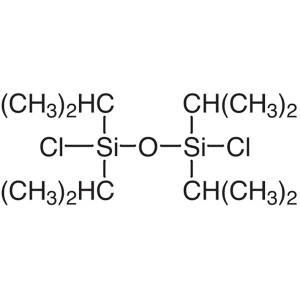
TIPDSiCl2 CAS 69304-37-6 Purity >99.0% (GC)
-
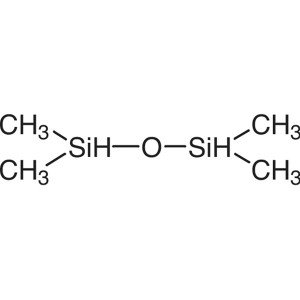
1,1,3,3-Tetramethyldisiloxane TMDSO CAS 3277-26...
-
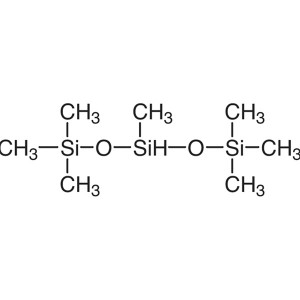
1,1,1,3,5,5,5-Heptamethyltrisiloxane CAS 1873-8...
-
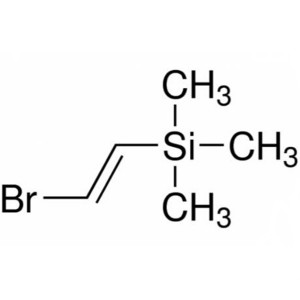
(2-Bromovinyl)trimethylsilane CAS 41309-43-7 Pu...
-
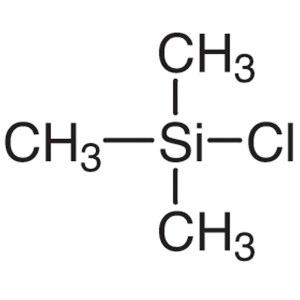
Chlorotrimethylsilane (TMCS) CAS 75-77-4 Purity...
-
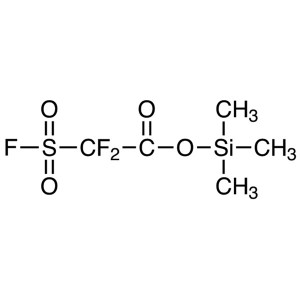
Trimethylsilyl Difluoro(fluorosulfonyl)acetate ...
-
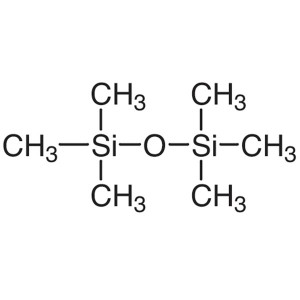
Hexamethyldisiloxane (HMDSO) CAS 107-46-0 Purit...
-
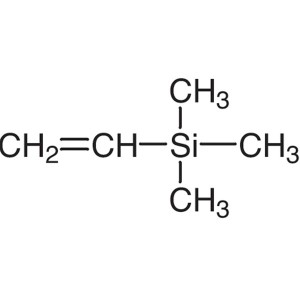
Vinyltrimethylsilane CAS 754-05-2 Purity >98.0%...
-
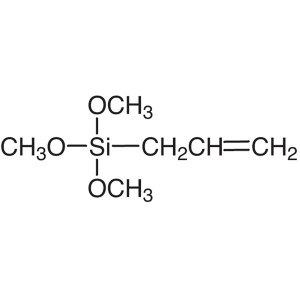
Allyltrimethoxysilane Trimethoxyallylsilane CAS...
-
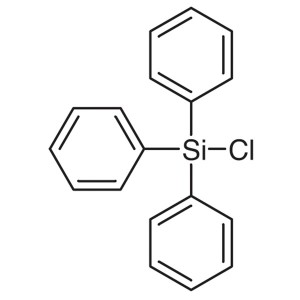
Triphenylchlorosilane CAS 76-86-8 Purity >98.0%...
-
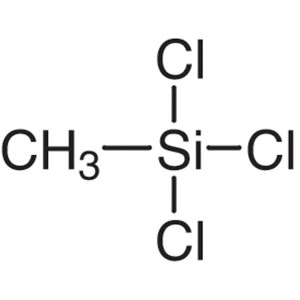
Methyltrichlorosilane CAS 75-79-6 Purity >99.0%...
-
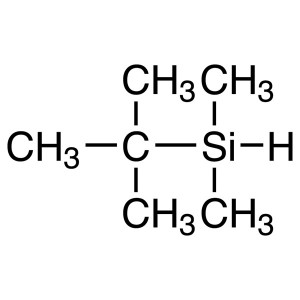
tert-Butyldimethylsilane CAS 29681-57-0 Purity ...
-
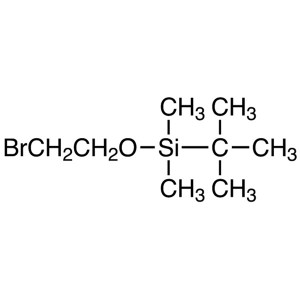
(2-Bromoethoxy)-tert-butyldimethylsilane CAS 86...
-
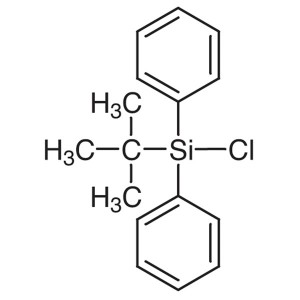
tert-Butyldiphenylchlorosilane (TBDPSCl) CAS 58...
-
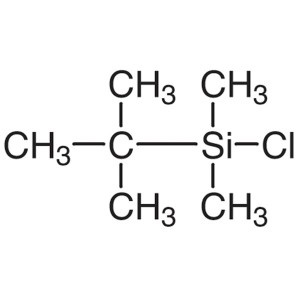
TBDMSCl CAS 18162-48-6 tert-Butyldimethylsilyl ...
-
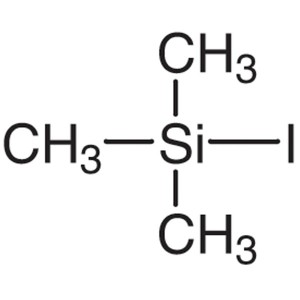
Iodotrimethylsilane CAS 16029-98-4 Purity >99.0...

